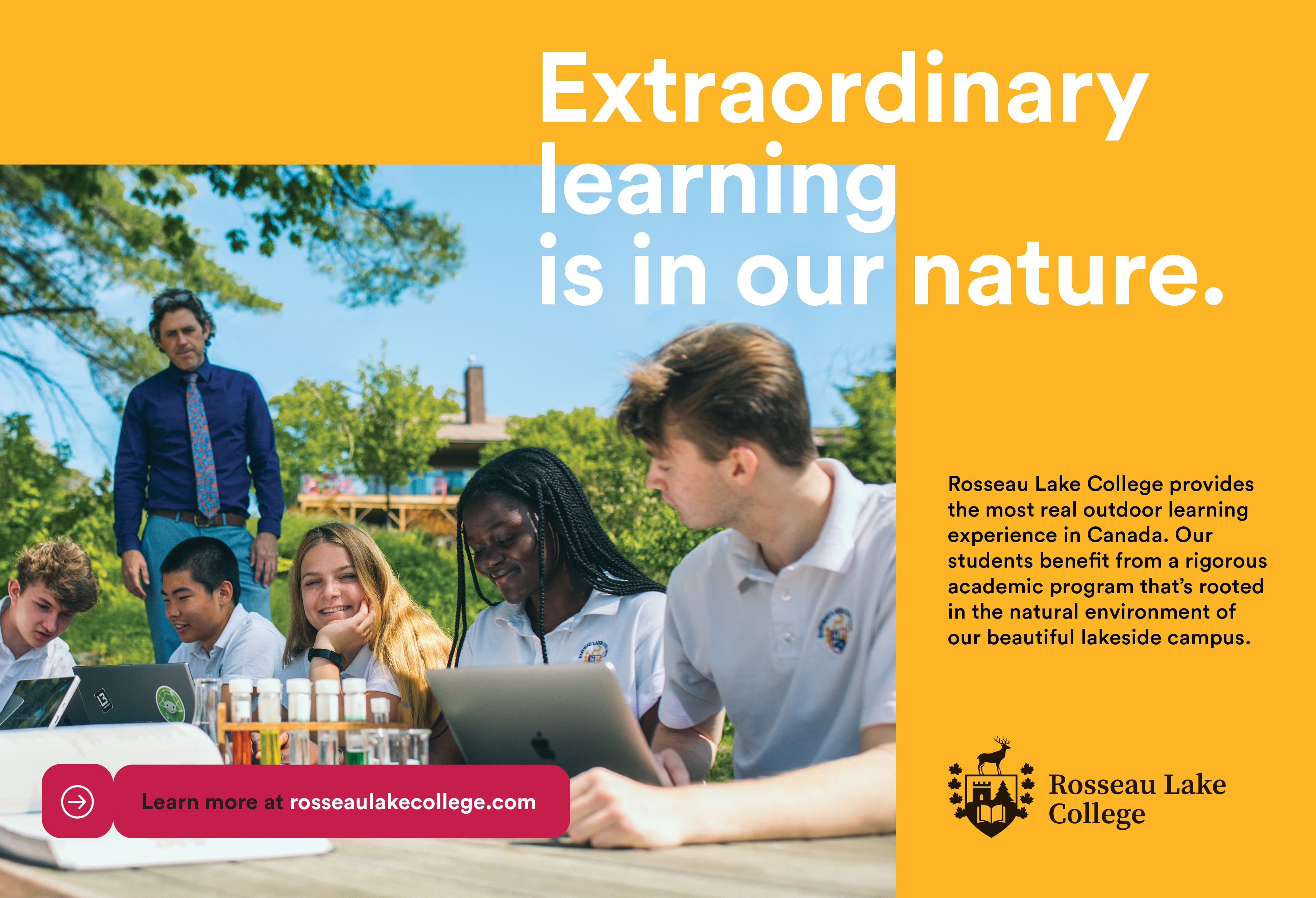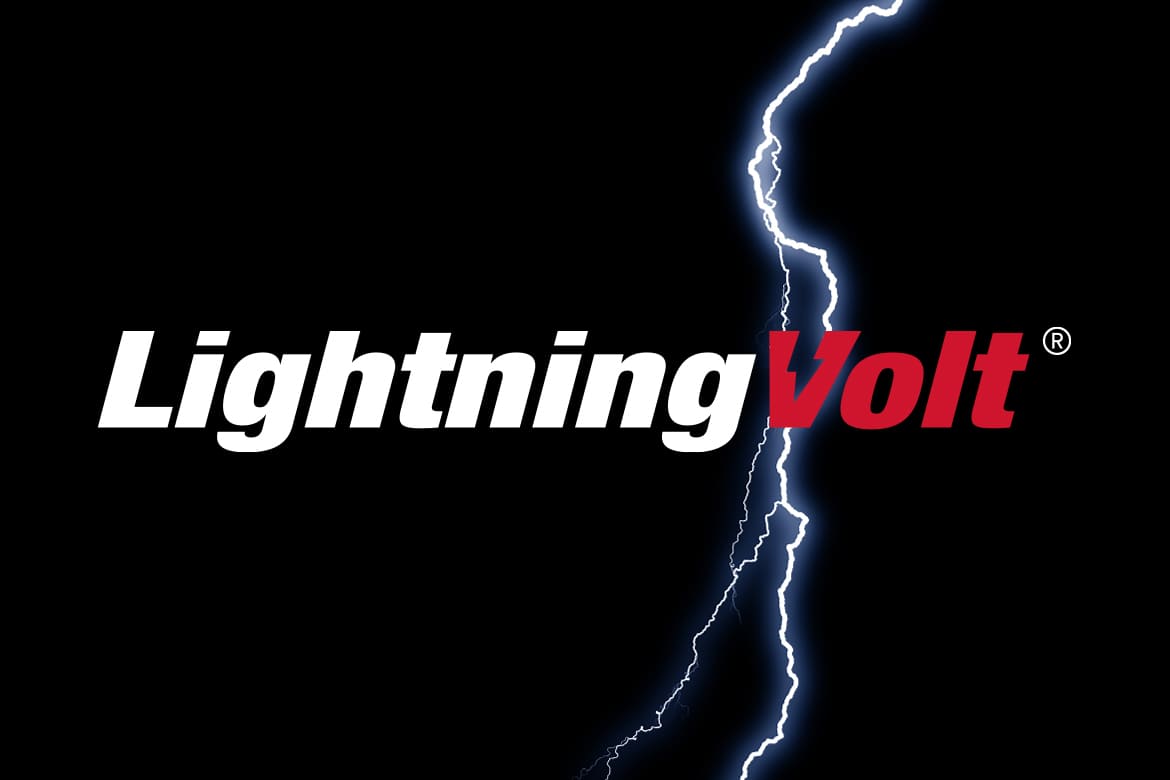

Words That Stick: The Secret Sauce Behind Memorable Brand Messaging
No, a portmanteau isn’t a fancy new burger – it’s when two words get together and make a word baby.
As brand designers we have a plethora of creative tools in our kit, but perhaps none more integral than words. Words and phrases shape how audiences perceive and connect with a brand.
At Clear Space, we harness the power of language to craft memorable brand names, compelling messaging, impactful titles, and action-driven calls-to-action that inspire engagement. The right choice of words can be the difference between forgettable and unforgettable.
Much of this magic comes from understanding and mastering rhetorical devices. You already know some of these linguistic tools like metaphors, hyperbole, and alliteration—they add depth, creativity, and emotional resonance to our work. But do you know what a synecdoch is? How about chiasmus, anaphora, or inclusio? And btw, there’s more to an apostrophe than just being a needy punctuation mark!
The following is a quick glossary of a few (certainly not all) rhetorical devices that can be a secret weapon to great creative. To help you understand how we use some of them, we’ve selected a few examples from our portfolio that demonstrate sticky brand messaging.
And just like a portmanteau, when the right words come together, the outcome can be greater than the sum of its parts.
Alliteration
Repeating the initial consonant sound for rhythm or emphasis.

“In to End Diabetes” is a program name and identity we created for Breakthrough T1D. It’s an example of alliteration, since the words “In,” “to,” and “end” all start with a similar soft vowel/consonant sound, creating a rhythmic and memorable phrase.
It also plays with wordplay and double entendre:
“In to end” – suggests commitment and action (as in “we’re all in to end diabetes”).
“Into end” – reads like a single phrase, reinforcing the goal of eliminating diabetes.
Anaphora
Repeating a word or phrase at the start of successive clauses for emphasis.

When Toronto Global, the city’s main FDI agency, asked us to develop a digital campaign for the Amazon HQ2 bid we knew we wanted to lead with an inspiring anthem.
The phrases “You don’t just live in Toronto.” and “You don’t just work in Toronto.” are repeated at both the beginning and end, reinforcing the central message.
The repetition of “We celebrate…” adds a rhythmic, persuasive effect.
The manifesto builds momentum, making the final line “You Experience Toronto.” feel like a natural and powerful conclusion.
Analogy
A comparison between two different things to explain or clarify a concept.
Examples:
“Running a business is like tending a garden—both require patience, care, and the right conditions to grow.”
“Just as a key unlocks a door, knowledge unlocks opportunities.”
Antithesis
Using contrasting ideas in a parallel structure.
Examples:
“It was the best of times, it was the worst of times.”
“To err is human; to forgive, divine.”
Apostrophe
Not just a needy glyph, it’s also directly addressing an absent person or inanimate object as if it could respond.
Examples:
“O Death, where is thy sting?”
“Twinkle, twinkle, little star, how I wonder what you are.”
Aphorisms
Short, pithy statements of truth or wisdom. Like wee nuggets of life advice.
Examples:
“Actions speak louder than words.”
“The early bird catches the worm.”
“What doesn’t kill you makes you stronger.”
Backronym
Where an existing word is repurposed as an acronym, often to create a meaningful or relevant phrase.
<video width="100%" height="auto" autoplay loop muted playsinline loading="eager" style="margin-bottom: 2rem;margin-top: 2rem;">
<source src="https://clearspacexmas.s3.us-east-2.amazonaws.com/WITH_logo-animation_March19.mp4" type="video/mp4">
Your browser does not support the video tag.
</video>
WITH MSH is a name we created for Markham Stouffville Hospital Foundation’s women-led philanthropic initiative. The word “WITH” is used to stand for Women Inspired to Help, even though “WITH” wasn’t originally an acronym. The phrase is constructed to make the word fit a meaningful concept, creating a sense of empowerment and purpose.
It plays on the idea of the word “WITH”, implying both collaboration and support, which ties nicely to the message of women coming together to help others. The word itself evokes a sense of unity, making the phrase feel both inclusive and action-oriented.
Chiasmus
Words or concepts repeated in reverse order for impact.
Examples:
“Never let a fool kiss you or a kiss fool you.”
“Ask not what your country can do for you, ask what you can do for your country.”
Double Entendre
A phrase or expression that has two meanings.

Rosseau Lake College, an independent school located along the beautiful shores of Lake Rosseau, Ontario needed a unique marketing slogan for their brand. We aimed to create an ownable phrase that connects education with both identity and environment.
“Extraordinary learning is in our nature” plays on two meanings at once:
“In our nature” as a core value – suggesting that a love for learning is inherent in the school’s culture and philosophy.
“In our nature” as a nod to the natural environment – highlighting the school’s location in northern Ontario, where nature plays a role in education and experiences.
Euphemism
A polite way of saying something unpleasant or harsh.
Examples:
“Passed away” (instead of died).
“Economical with the truth” (instead of lying).
Hyperbole
Exaggeration for dramatic effect. Not meant to be taken literally.
Examples:
“I’ve told you a million times!”
“I’m so hungry I could eat a horse.”
Idioms
Phrases where the meaning isn’t literal, but everyone knows what they mean.
Examples:
“Kick the bucket” (die).
“Piece of cake” (easy).
“Break the ice” (start a conversation).
Inclusio
Where a text or phrase begins and ends with the same or similar words or ideas, creating a sense of unity, emphasis, and closure.

“Every one of us” is a brand slogan we created for Sunnybrook Foundation and is an example of inclusio and emphasis through repetition. It reinforces a sense of unity and collective responsibility. The phrase slightly echoes itself (“every one” and “of us”) for added emphasis, making it more emotionally resonant. It’s a simple but powerful phrase that fosters connection and shared purpose.
Irony
When the opposite of what’s expected happens.
Examples:
A fire station burns down.
“What a lovely day!” (on a stormy afternoon).
Metaphors
Comparisons where something is described as being something else, to draw a parallel.

When Ontario Shores Foundation for Mental Health asked us to develop an awareness campaign, we named it “Reach the Shore.” It symbolically compares recovery and mental well-being to reaching a shore—suggesting a journey from struggle (open water, uncertainty) to safety, stability, and healing (the shore). This makes it powerful because it:
- taps into feelings of hope, progress, and relief
- is instantly understandable, yet layered with meaning
- it aligns with the organization’s name – “Ontario Shores”
It also has an imperative structure, subtly encouraging action (“Reach”)—which makes it persuasive and motivating.
Metonymies
A posh cousin of metaphor, where you substitute one thing with something closely related.
Examples:
“The crown” (referring to a monarch).
“The pen is mightier than the sword” (pen = writing, sword = force).
“Hollywood” (referring to the American film industry).
Onomatopoeia
Words that sound like the thing they describe.


Oxymoron
Two contradictory terms used together.
Examples:
“Deafening silence.”
“Bittersweet memories.”
Palindrome
Words and phrases that reads the same backward as it does forward.
Examples:
SONOS
TENET
LEVEL
Personification
Giving human traits to non-human things.
Examples:
“The wind whispered through the trees.”
“The clock mocked me with its ticking.”
Portmanteau
Where two words are blended to create a new one.

To market a new lithium battery product for DCL International, we invented the name “LightningVolt.” In this case, “Lightning” represents speed, energy and power, and “Volt” reflects electricity and a unit of energy.
It also has onomatopoeia-like qualities, as “LightningVolt” sounds sharp and energetic when spoken—enhancing its impact.
Pun
A play on words for humorous or clever effect.
Examples:
“I’m reading a book on anti-gravity. It’s impossible to put down!”
“The fish was caught because it took the bait—hook, line, and sinker.”
Simile
Like a metaphor, but with “like” or “as.” It’s a softer comparison.

When the University of Toronto asked us to create ADs to promote their Sport & Rec program, we found inspiration from Muhammad Ali’s famous quote “Float like a butterfly, sting like a bee.”
In our case, “Float Like a Butterfly!” reflects the graceful form of the butterfly swimming style—implying agility, lightness, and fluid motion.
Synecdoche
Similar to metonymy, but here a part represents the whole or vice versa.
Examples:
“All hands on deck” (hands = people).
“He’s behind bars” (bars = prison).
To truly make your brand messaging stick, it’s about more than just choosing the right words—it’s about knowing how to wield them effectively. By mastering rhetorical devices, we elevate simple ideas into powerful, memorable expressions that resonate long after they’ve been heard.

